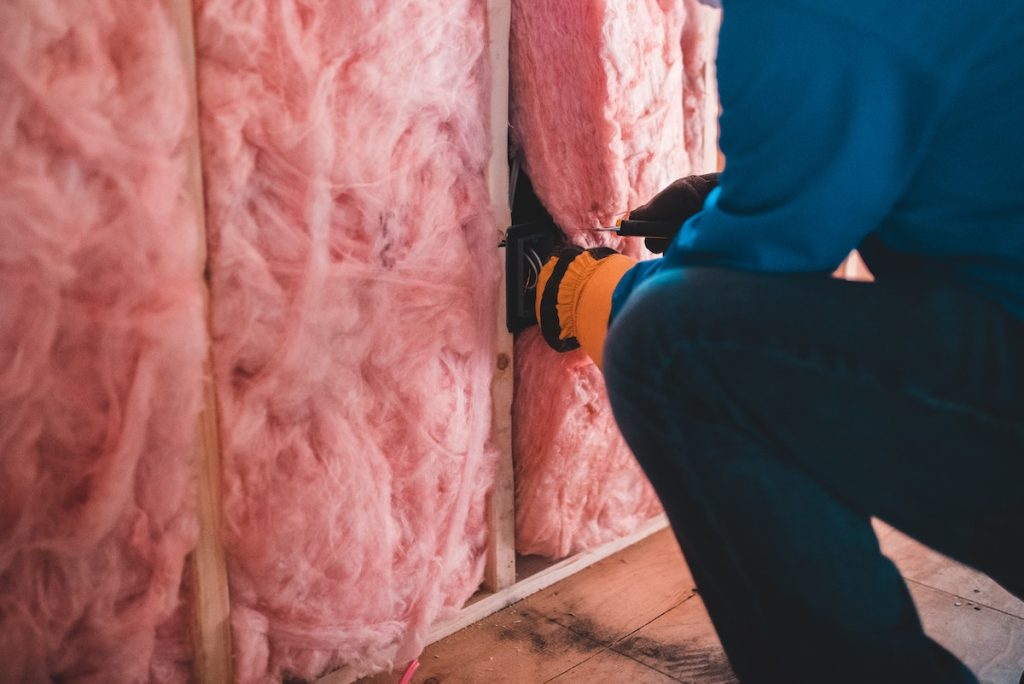When it comes to insulating your home, several key areas need attention. Insulation can help to reduce energy bills and create a more comfortable living environment for you and your family. By properly insulating your home, you can save money on heating and cooling costs while also improving the overall air quality of your indoor space. This article will outline the key areas of homes that need insulation, along with tips on how to go about adding insulation in these areas.
Attic
The attic is one of the most important areas to insulate in a home. Proper insulation helps to prevent heat from escaping through the roof and into the environment, allowing for greater energy efficiency. Additionally, it can help to reduce noise pollution from outside noises that would normally enter through the roof. Insulation materials like blanket insulation, blown-in insulation, and foam boards can be used to insulate the attic area. Some homes may even require specialized insulation, such as reflective insulation.
Exterior Walls
Exterior walls are another key area to focus on when it comes to insulation. For a home to be properly insulated, the exterior walls should also be given attention. This can help to reduce heat loss and energy bills since exterior walls tend to have a higher rate of air infiltration than interior walls. Exterior insulation materials include fiberglass batt insulation, blown-in insulation, and rigid foam boards.
Windows
Windows are another area that needs attention when it comes to insulating the home. Windows can be a major source of heat loss in homes due to their relatively small surface areas compared to the rest of the house. It’s important to choose windows that are designed for energy efficiency and also to install insulation around them. This can include caulking around window frames, applying vapor barriers, or using specialized insulated glass panels.
Doors
Similar to windows, doors can be a major source of heat loss in homes if they are not properly insulated. Insulated doors can help to reduce air infiltration and energy bills, as well as keep outdoor noises out of the home. This can be done by installing weatherstripping around the door frame and adding insulation to the door itself.
Basement/Foundation
The basement or foundation of a home is another key area to insulate. Insulating the basement can help to reduce energy bills by keeping heated air from entering the home through the basement walls, as well as preventing moisture and mold growth. Several different insulation materials can be used in basements, including spray foam insulation, polyurethane foam board insulation, and fiberglass batt insulation.
If you’re looking to add insulation to your home, it’s important to consult a professional like iFoam who will be able to help you find the best solution for your specific needs. Insulating your home can be a big investment, but it’s sure to pay off in the long run.
How to Choose the Right Insulation
When it comes to choosing insulation materials for your home, there are several factors to consider. Different materials have different R-values, which measure their effectiveness at insulating. It’s important to choose an insulation material that has a high R-value to get the most out of your investment. An R-value is a measure of how well a material stops heat from passing through it, and higher R-values indicate greater insulation. It’s also important to consider the climate that you live in when choosing an insulation type, as some materials are better suited for specific climates than others.
With these tips in mind, you’ll have all the information you need to choose the right insulation materials for your home and start reaping the benefits of a better-insulated space. Not only will you save money on heating and cooling costs, but you’ll also be improving the overall air quality of your indoor space.

